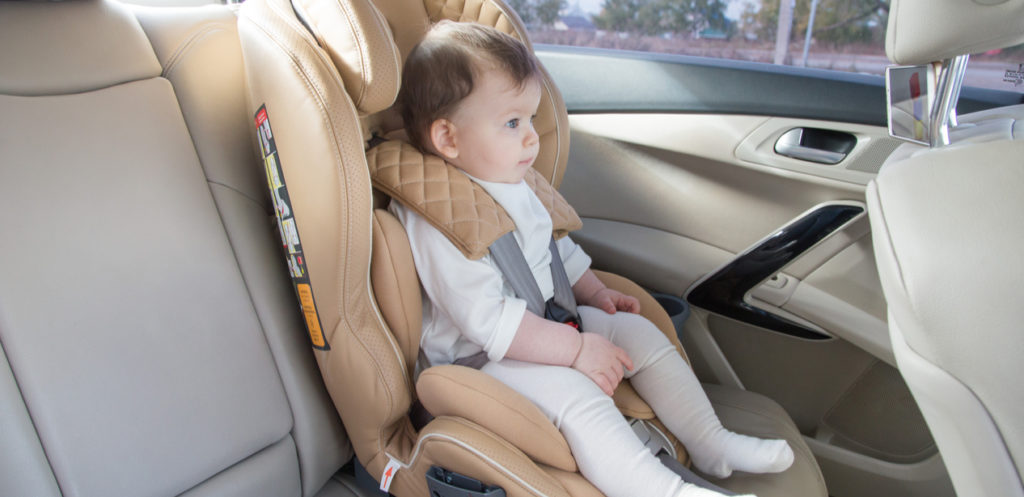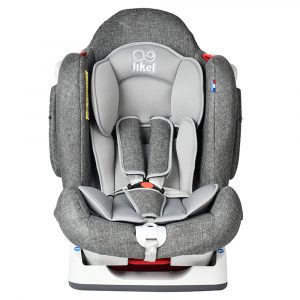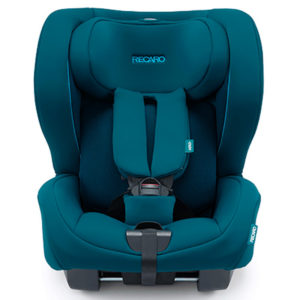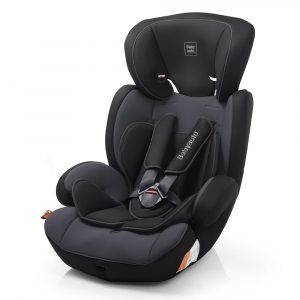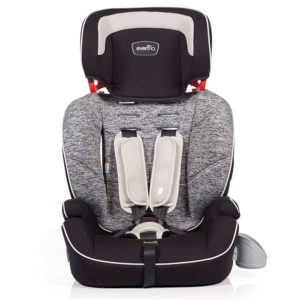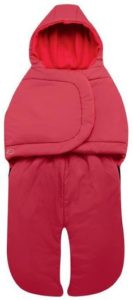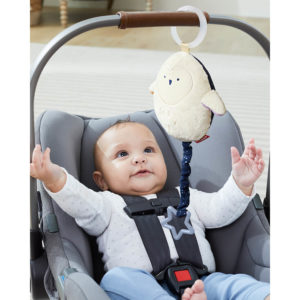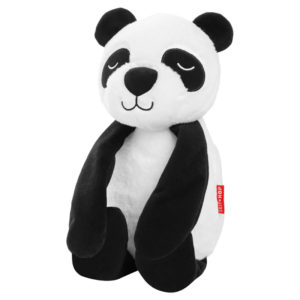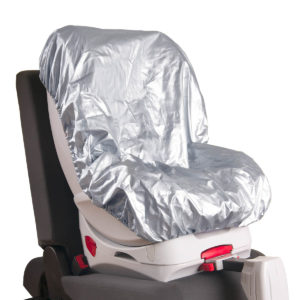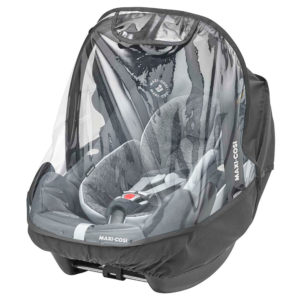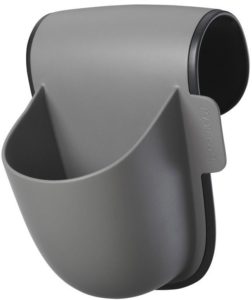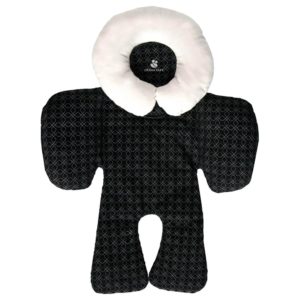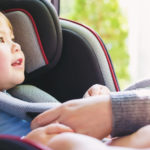Looking for the perfect car seat? Our Mumz Guide has everything you need to know about car seats, ISOFIX, i-Size & more
Safety on the road is the number one priority for your little one. This buyer’s guide takes you through one of the most important purchases you’ll make. We will make it as easy as possible for you by helping you choose the perfect car seat for your child’s weight, size and height.
First of all, keep in mind:
- – Have a one ready to bring your baby home from hospital.
- – Keep your child in a rear-facing infant seat for as long as possible.
- – Make sure your seat belt is long enough, particularly for rear facing seats.
- – Don’t assume that all car seats fit all cars. Because they don’t.
- – Avoid getting a hand-me-down car seat. You never know, it could be damaged.
- – Don’t use a rear facing car seat in the front without deactivating front air bags.
Car Seat groups
To help navigate the huge choice of car seats available, manufacturers have sorted them into categories. The most important factor is weight not age – remember little ones grow at different rates!
To help navigate the huge choice of car seats available, manufacturers have sorted them into categories. The most important factor is weight not age – remember little ones bodies differ from one another.

Your questions about car seats answered:
1| How long should I keep my child rear facing?
As long as possible. Lots of parents are moving their children from rear to forward facing too early. The danger is that in the event of an impact, baby’s neck isn’t sufficiently developed to support a relatively heavy head. Keeping babies rearward facing for longer is the safer bet.
2| What are the benefits of single group versus multi-group car seats?
Single group car seats are optimized in shape for your child’s weight with additional comfort feature, eg most group 1 car seats have easy-adjust comfort recline. Dedicated Group 0+ car seats are more portable and can be used as part of a travel system. Multi-group car seats adjust to grow with your child and are ideal for parents who regularly drive children of varying ages or for grandparents. I’m on a budget. What’s my best option? A Group 1/2/3 is the best value option, growing with your child from 9-36kg, approx. 9 months to 12 years.
3| When can my child stop sitting in a car seat?
Car seat legislation says that children up to 12 years or 135cm tall must use the appropriate car seat and restraint so they’re protected if you have an accident.
4| How do I know when to move my child up a group?
Move from a Group 0+ to a Group 1 car seat when:
- – baby’s weight exceeds 13kg
- – your baby can confidently sit up unaided
- – the top of baby’s head is higher than the top of the baby car seat Move from a Group 1 to a Group 2/3 car seat when:
- – the weight limit is exceeded
- – your child’s eye line is higher than the top of the seat
ISOFIX
What’s ISOFIX?
ISOFIX is a European standard fitting system that doesn’t use seat belts so it minimises the risk of incorrect installation. Rigid metal clips connect the car seat to the vehicle chassis resulting in reduced forward head movement and a smoother, safer ride for your child. In most cars ISOFIX seats simply clip in and out of two metal bars between the base of the seat and the back rest, or they click on and off an ISOFIX base. Most ISOFIX seats need a third anchorage point which can either be a support leg or a top tether.
What groups are available as ISOFIX?
ISOFIX is available on all car seat groups up to Group 1/2/3. Some Group 0+ seats and some Group 1 seats (9-18kg) have a separate base unit, all others have a built in base unit. Most new cars since 2008 have ISOFIX but not all. To see if your car is compatible look for two metal bars at the base of the seat back, check your vehicle manual, check the manufacturer’s fit finder website i-Size.
What is i-Size?
i-Size is new European car seat standard that offers better protection if you have an accident. The key changes are:
- – Rear facing travel mandatory until 15 months
- – Side impact testing as standard
- – Height classification not weight
- – ISOFIX-only seats
Do I have to change to an i-Size car seat?
Not at all. i-Size isn’t an obligatory change, it’s another option for customers. It will run alongside the current R44-04 car seat regulations which still have a lot of life in them.
Your car seat options
Group 0+
Group 0+/1
Group 1/2/3
Forward-facing car seats for children from 9kg to 36kg (9 months to 12 years). A booster seat is ideal for older children until they can safely use an adult seat belt.
Group 2/3
Booster seats for children from 15kg to 36kg (approximately 4 years to 12 years). A booster seat is ideal for older children until they can safely use an adult seat belt.
Car seat accessories
Car seat Toys
Protection
Storage
Pillows and support
Check out Best Value Car Seat Picks Available Now!


